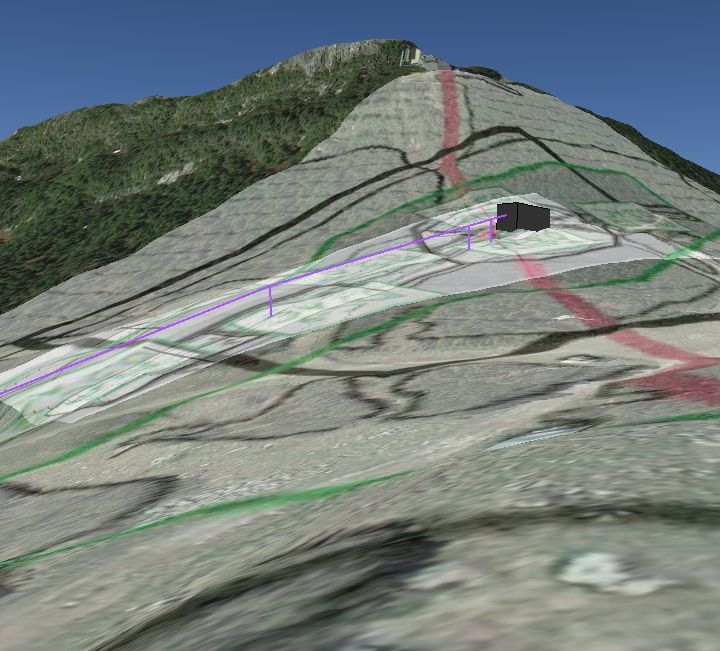Sick Bird Rider
Member
Interesting stuff with respect to snowmaking. I am not too sure why they have such regulations. Water used for snowmaking goes back into the watershed comes spring...
Water use regulations are in place to protect a diminishing resource that is in high demand: water. Jay uses water for not only for snowmaking, but the water park, ice rink, drinking, septic, and not least of all, the golf course. Then there are the people that live downstream, not to mention the critters that live in the stream, like trout, frogs and bugs. What are you going to do when the well runs dry? Someone has to keep an eye out, and that is what rules are for. I gather that you are an engineer - think about it: why do we need a building code?
A quote from a document well worth reading, publishing by those drooling tree-huggers over at Trout Unlimited:
Snow quality and snow cover are two of the most sought-after criteria in a resort.
While the popularity of skiing and other winter resort sports is increasing, natural snow cover has been consistently decreasing due to a gradual regional warming. Snowfall has decreased across northern New England by almost 15% over
the last half-century. Ski resorts increasingly must rely on artificial snowmaking to keep their mountains operational.
Artificial snowmaking operations require massive amounts of water. To cover one acre of ski trails with one foot of snow requires about 150,000 to 180,000 gallons of water. The sixteen snowmaking operations in Maine use about 600 million gallons of water per year. Most of this water otherwise would have flowed into a nearby river or brook trout stream.
On an annual basis, snowmaking generates minimal net loss to a watershed because spring snowmelt returns the water originally consumed for snowmaking back to the watershed. However, the seasonal reduction in wintertime natural streamflow can damage streams by reducing available habitat, dewatering important spawning areas and increasing the risks of harmful anchor ice. Winter is a naturally stressful time for stream environments because much streamflow is captured as snow and ice, so additional reductions in flow present significant risks. Ecological damage caused by low winter flows is rarely remedied by the spring melt.
From: A Glass Half Full - The Future of Water in New England
The environ-meddlers at the Vermont Agency of Natural Resources have this say about water and snowmaking:
AGENCY OF NATURAL RESOURCESSection 16-01 Authority
ENVIRONMENTAL PROTECTION RULES
CHAPTER 16
WATER WITHDRAWALS FOR SNOWMAKING
These rules are adopted pursuant to the authority of Title 10 V.S.A. Chapter 41, Subchapter
3. Water Withdrawal for Snowmaking. These rules shall not supersede the water quality standards adopted by the water resources board pursuant to Title 10 V.S.A. Chapter 47.
Section 16-02 Policy
It is the policy of the State of Vermont to:
(1) assure the protection, maintenance, and restoration of the chemical, physical, and biological water quality, including water quantity, necessary to sustain aquatic communities and stream functions;
(2) help to provide for and enhance the viability of Vermont's ski industry, which uses certain of the state's waters for snowmaking;
(3) permit water withdrawals, diversions, impoundments, and the construction of appurtenant facilities for snowmaking, based on an analysis of the need for water and a consideration of alternatives, consistent with this policy and other applicable laws and rules;
(4) recognize that existing users of the state's waters for snowmaking, which may have an adverse effect on water quality, should have time and opportunity to improve water quality.
Sorry, I lost the link to that document, which goes on for seven pages with the various regulations regarding water use for snowmaking. It is somewhere in here: http://www.anr.state.vt.us
Last edited:

